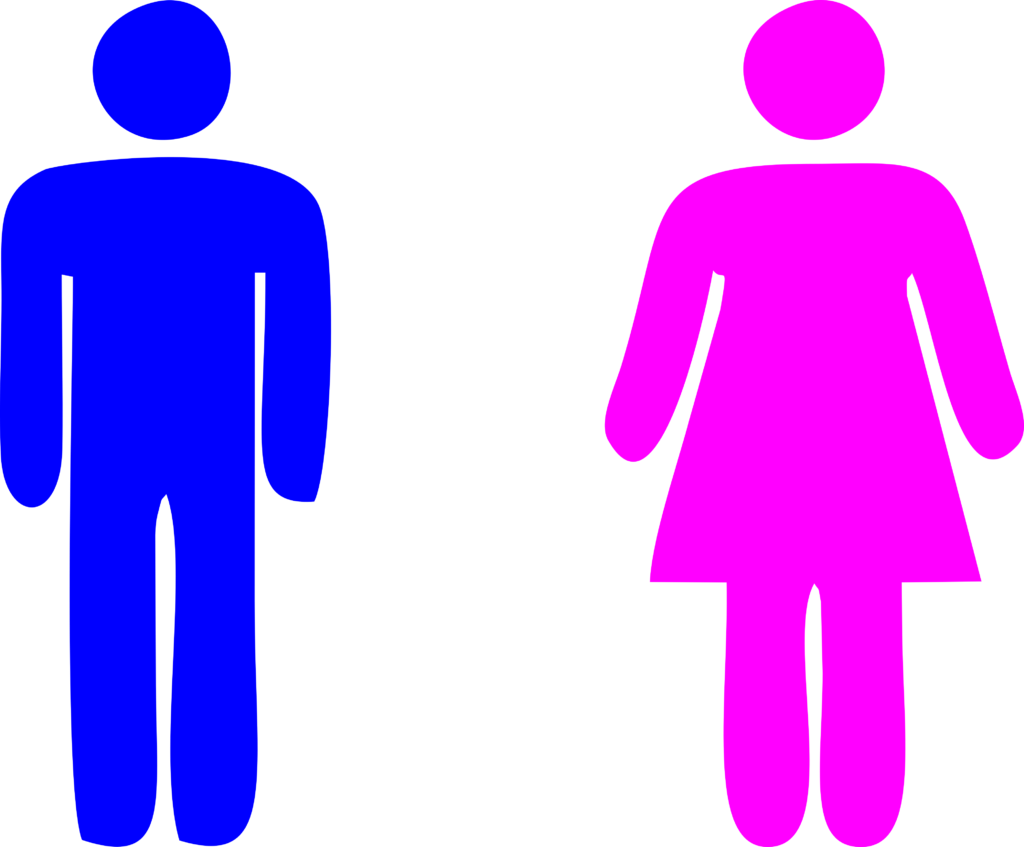“Śrīla Prabhupāda’s Kīrtana Standards,” installment 52

Akiñcana Kṛṣṇa Dāsa (who, by the way, is a gṛhastha) has written to me:
What about standards for men and women mixing? I have seen, for example, major kirtan festivals, including at ISKCON Mayapur, with beautiful young women singing while handsome young men play mrdanga and other instruments for them. In general, kirtan can be exploited by men trying to show off in front of women, or women dancing and singing attractively for men. Are there any standards to discuss that may mitigate this? Clarifying standards on this strikes me as essential for the health of kirtan in the Hare Krishna movement.1
I don’t know of any explicit instructions from Śrīla Prabhupāda about men and women mixing in kīrtana. But throughout Śrīla Prabhupāda’s books we find cautions about excessive mixing of men and women, and so we should exercise care.
When Śrīla Prabhupāda was physically present, it was always customary for kīrtanas in the temple and in public to include both men and women, with some separation between them, according to what space would allow. Akiñcana Kṛṣṇa’s query frames the issue well. Of all the attractions of māyā, sexual attraction is the strongest. Kīrtana is meant to help us get free from material desires and entanglements, not to help us pursue them. Because men and women in the West mingle freely, Śrīla Prabhupāda said, “we have to take [a] little precaution.” So we should be careful and prudent. “And the best precaution,” Śrīla Prabhupāda said, “is to raise oneself in Kṛṣṇa consciousness.”2
When Śrīla Prabhupāda was physically present he sometimes had women lead kīrtana.3 He especially appreciated the kīrtanas of Yamunā Devī, and it is he who instituted the daily playing of the recorded “Govindam” prayers, led by Yamunā, at the darśana ārātrika in all ISKCON temples.4
Notes:
1 October 12, 2021.
2 Letter to Jayapataka, April 17, 1970.
3 “And if Yamuna wants to come for that Festival here [in Bombay], she may come here for a few days to lead kirtana before my lectures.” Śrīla Prabhupāda letter to Gurudasa, December 19, 1972.
4 For Śrīla Prabhupāda’s response to a young brahmacari who proposed discontinuing this custom, see Śrīla Prabhupāda’s letter to Jayasacīnandana Dāsa, December 12, 1975. Śrīla Prabhupāda’s response to excluding women from chanting japa in the temple room is also instructive (letter to Ekayani Dāsī, December 3, 1972).

You must be logged in to post a comment.